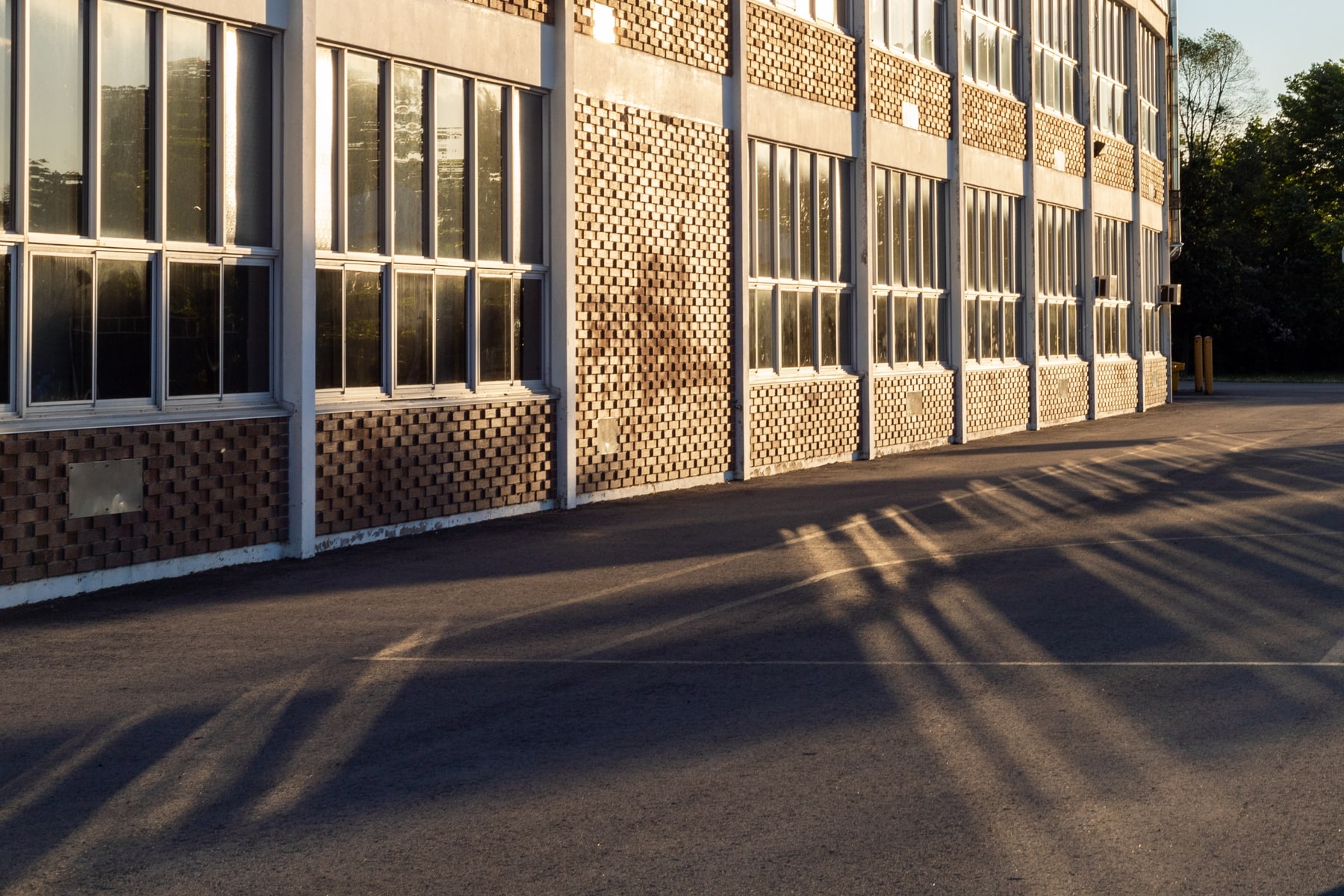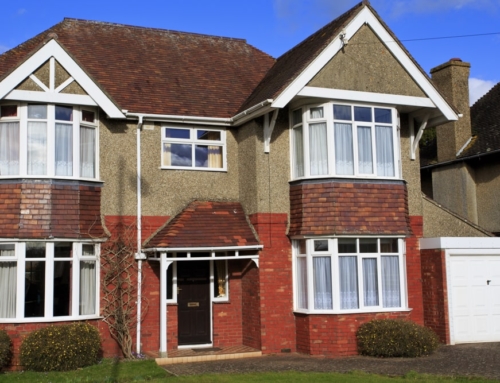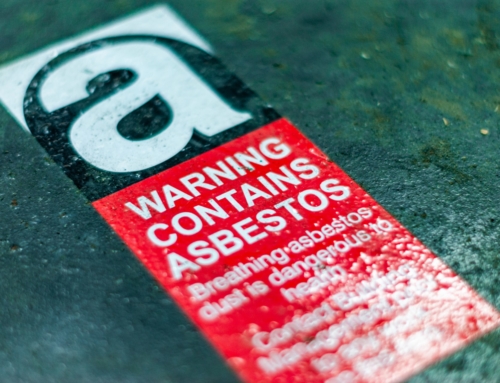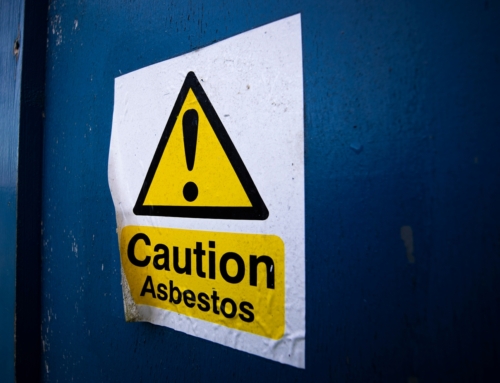Safety in schools is always a priority, but there is still a lot of work to do to ensure risks are minimised for students, staff, contractors and visitors. One of the issues being talked about in the news recently is asbestos in schools, academies and colleges, with some worrying statistics emerging.
UK schools must ensure a safe environment, conducting thorough surveys and managing asbestos risks appropriately, especially if buildings works are planned.
Is asbestos still found in schools?
Asbestos was a commonly used building material until its health risks were known. Fully banned in the UK by 1999, it’s still found in many properties, including old school buildings. While it’s often safe while remaining in situ and undisturbed, the risks are great if the fibres become airborne and inhaled.
Asbestos-containing materials (ACMs) are still found in most schools and college buildings in the UK if built before 2000. ACMs include lagging used as pipe and boiler insulation, sprayed asbestos, asbestos-insulating board, ceiling and floor tiles, cement roofing and gutters, textured coatings and more.
Why is asbestos in schools and colleges a problem?
The main problems seen in asbestos management in schools are a lack of awareness and leadership, insufficient management plans, outdated surveys (so many ACMs remain unmonitored) and a lack of funding to address the problems. However, if asbestos is managed effectively and safely, the risks to occupants can be mitigated.
All UK schools should have an asbestos management plan, clearly outlining who’s responsible for various tasks and when they need to be completed, including staff training, updating of procedures and regular scheduled checks to monitor the condition of ACMs.
Who’s responsible for managing asbestos in schools?
While many organisations have an appointed ‘Responsible Person’ or duty holder as the primary individual managing asbestos within a school, it’s also a team effort to ensure compliance with all the relevant regulations.
Managing the risks of asbestos should be taken seriously by all those responsible for school estates, including headteachers and leaders, maintenance teams, trusts and governing bodies, ensuring anyone who works at the site has the appropriate awareness training. Schools may also consult with and use trained asbestos contractors to help manage, survey and remove ACMs.
What happens during school asbestos surveys?
Asbestos surveys in schools are crucial for identifying and managing asbestos-containing materials (ACMs) within old buildings. These surveys help school authorities identify potential risks, allowing for targeted management and removal of ACMs. The results also enable schools to formulate effective management plans to prevent exposure and ensure the safety of students, teachers and staff.
The two main types of asbestos assessments that schools may require are management and demolition surveys. Management surveys assess the presence and condition of ACMs to create an asbestos register and action plan. Demolition surveys are conducted before major renovations begin, accessing sealed areas to determine what may be disturbed during the work.
Need more advice about asbestos in schools?
Do you need help managing asbestos in a school, college or other setting? Goodbye Asbestos offers expert services throughout the area, coming out to East Grinstead, East Sheen and beyond.
For more information about what we can do for you, please get in touch.




